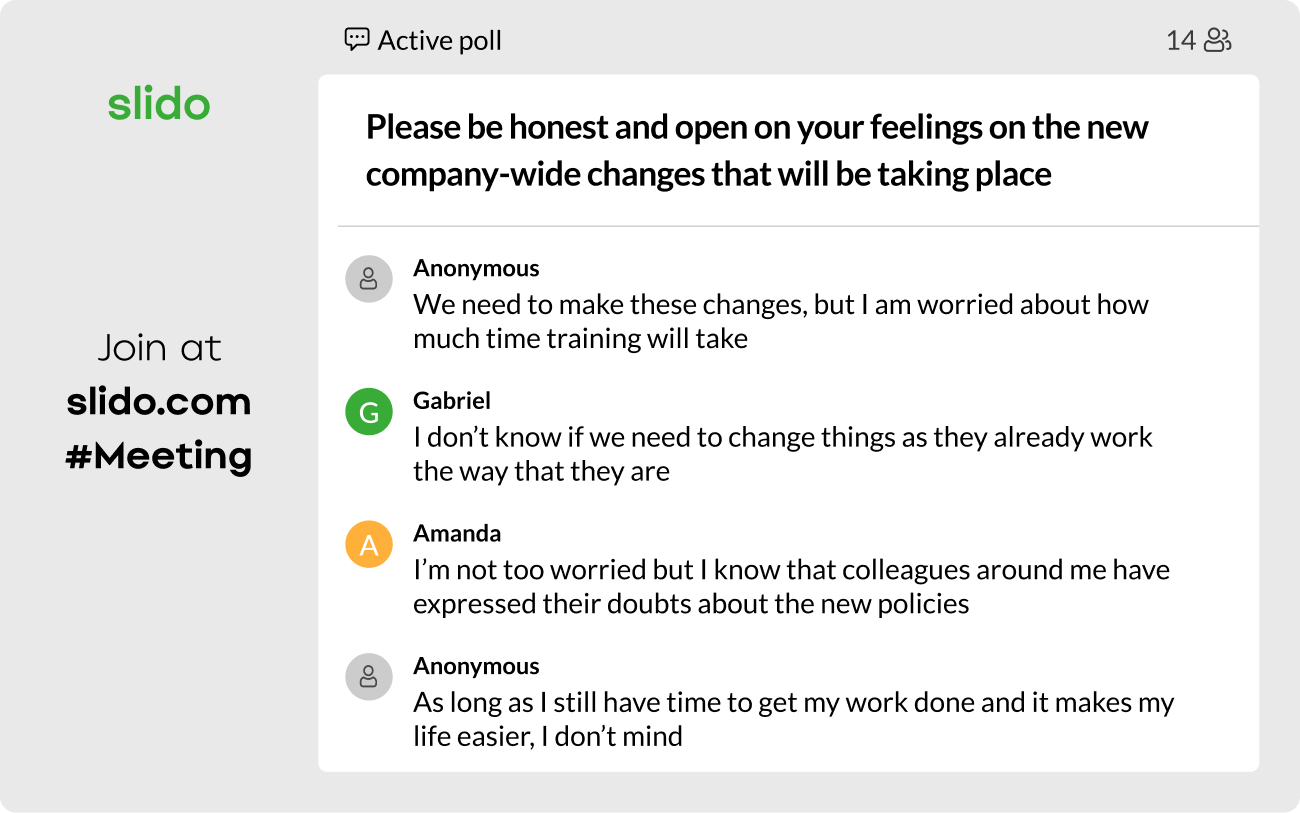Change management is the art of leading through change, and is there a more apt word than ‘change’ to characterize the 2020s so far?
From learning to embrace the home office to hybrid work, followed by the Great Resignation and now a looming recession, the amount of change that society has seen in the last few years has been unparalleled.
Right now, change is the only constant. It is difficult enough to deal with as an individual, let alone when you are a leader who needs to guide a team through it.
It can cause anxiety, stress, and fear. It can intensify and increase burnout symptoms.
The CBIA Institute reports that American adults who have been affected by change at work are 71% more likely to experience low job satisfaction, with 55% suffering from chronic stress – and 46% looking for a job elsewhere. Meanwhile, 34% said they didn’t trust their employer.
Change doesn’t always have to relate to the bigger picture, such as hybrid working.
Smaller changes such as having a new team leader, a shift in strategy or implementing a new tool to your workflow can still create a stressful impact – creating resistance.
As a leader, you are the one who wants to proactively drive change among your team. Change is essential for organizations to grow and thrive – but employees often resist it.
In an increasingly hybrid world, it has become harder for managers to create the buy-in they need to successfully make change happen.
In fact, data from McKinsey shows that more than 70% of business transformation initiatives fail.
When workers experience intense periods of change, it can make or break trust in leadership.
We discussed this at our first hybrid Slido Elevate event in November 2022: The Science Behind Leading Through Change.
We were joined by leading neuroscience expert, Hilary Scarlett, who answered the question, what is change management?
She brought us you science-backed tips on how to successfully manage and lead through change.
In this article we’ll explore how the human brain doesn’t react well to change – no matter how big or small – and look in depth at change management.
Why do people resist change?
From a biological and evolutionary standpoint, the human brain doesn’t cope well with things changing.
Part of the brain, the amygdala, is hardwired to see change as a threat. When an uncertain situation is perceived, it sends out the hormones for fight or flight, which causes us to feel anxiety. Our brains are in this way trying to protect us from change.
When we combine these neurological findings with the patterns we see in businesses across the world, here’s what we’ve found:
- 45% of employees resist change as they generally like to remain in the status quo
- 85% don’t understand the rationale behind leaders’ strategy to change
- 86% of workers say there’s a lack of clear communication around situations transitioning – which leads to changes failing
This has an impact on their engagement at work too.
With all the nuances of the modern workplace, leaders need tried and tested methods that puts employees – and their needs – at the heart of business operations.
What leaders need to be aware of when they want to drive change
It’s trust that employers really need to focus on and build with their workers in the face of change. Organizations with higher levels of leadership trust benefit in a wide variety of ways.
The Harvard Business Review found that people at high-trust companies have 106% more energy to work, 50% higher productivity, and 40% less burnout.
If leaders want to not only retain staff but have a thriving organization, it’s important that change at work is communicated in a sensitive and effective manner.
If it isn’t, employees may perceive it as a threat to their work environment rather than necessary progress forward.
Change has to happen within organizations – it is inevitable, necessary and cannot be avoided, so effective change management strategies are needed to help teams cope.
We’ve come up with three tips to help leaders build trust during periods of uncertainty.
#1. Explain the why and set the vision for change
Over the past two years at Slido, we’ve been on the front lines supporting our customers through many fundamental changes.
Not only that, but we went through seismic change ourselves when we were acquired by Cisco in May 2021.
Clear, open communication is a must when explaining imminent change, so that employees feel they are being considered and kept in the loop.
Present your people with a long-term vision of what this change will look like, as well as the reasons it will be beneficial for them.
For example, if you’re using legacy technology and trying to embrace digital transformation, highlight all the upsides and efficiency that this will bring about for your organization.
Flag up how this will make their lives easier, even if it seems scary at first.
Give your people something meaningful and exciting to look forward to, and they are less likely to resist it.
#2. Change management involves listening, and listening some more
Hearing what staff have to say, and truly giving them a voice, is one of the most effective ways to build up trust within a business.
Ask employees to be honest with you about their needs during times of change in a safe space for their conversations with a tool like Slido.

There, they can submit their questions and give feedback anonymously in a Q&A without fear of retribution or comeback.
Learn to embrace anonymity – it will encourage employees to be open and honest, at what is a scary time for your team.
Though some answers and opinions may not be positive, it’s essential that you address them and deal with them so that employees feel they are truly being listened to.
This will help further to avoid resistance from team members.
By deep-diving into what your people’s needs are, to find out what they’re motivated by, and what they require in the workplace to succeed, the sense of trust that you’re striving for will begin to grow.
#3. Keep a two sided-conversation going – and involve employees where you can
Though it may seem strange at first, you will soon become used to a culture of openness and feedback, and it will become routine within your organization.
But this dialogue on your company’s changes shouldn’t be a one-off. The next step is to keep this two-way conversation going, with regular check-ins with staff on how they are feeling.

Run a quick pulse check with a Slido rating poll asking employees how they’re feeling to gauge sentiment within the office, and make ‘ask me anything’ (AMA) sessions a regular occurance.
You can also ask employees for their suggestions on changes that the company should make, so that workers feel more included in the process – and therefore more open to it.
Research from Edelman shows that when there is more trust in the workplace, employees are 23% more likely to offer up solutions and ideas – another reason why building it up is so important.
A culture of openness and feedback will help you build trust, which in turn will help you navigate change better – ensuring that your business is on a path to continuous improvement.
Want to find out more from the experts on change management?
Check out the videos from Slido Elevate: The Science Behind Leading Through Change here.
There, you’ll hear from our expert panel of speakers on the importance of change management and how it can benefit your company.



